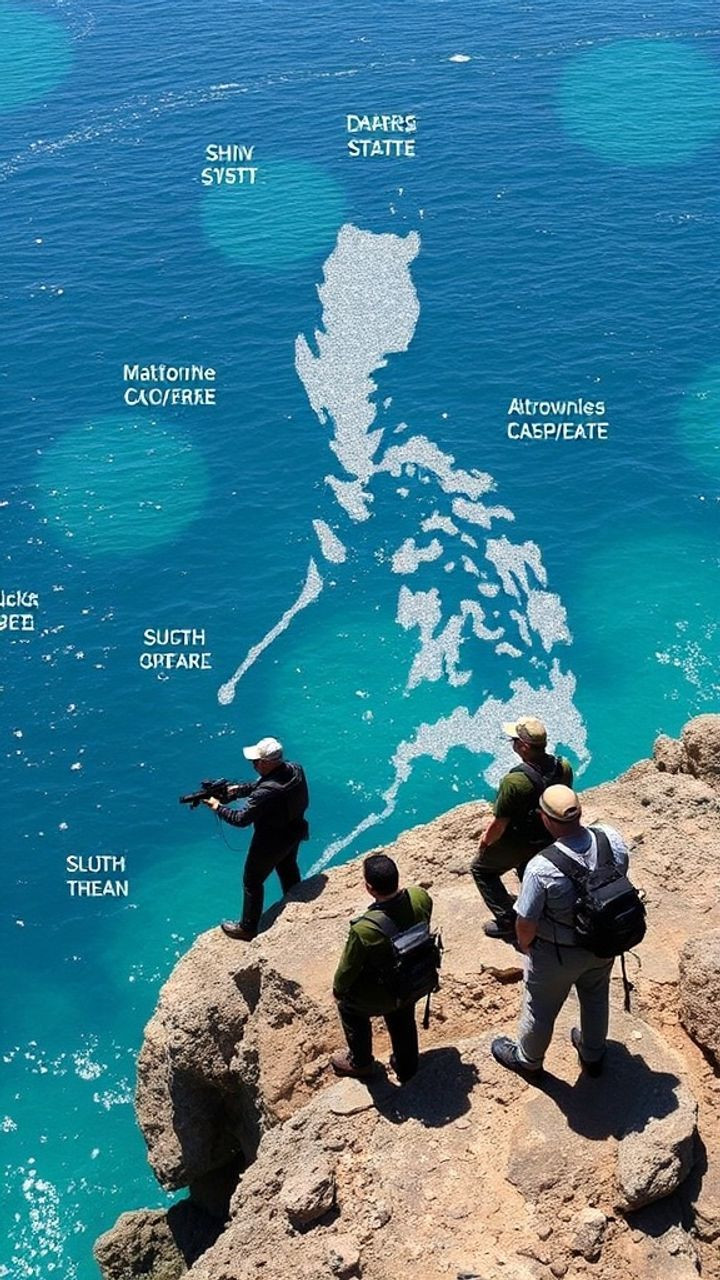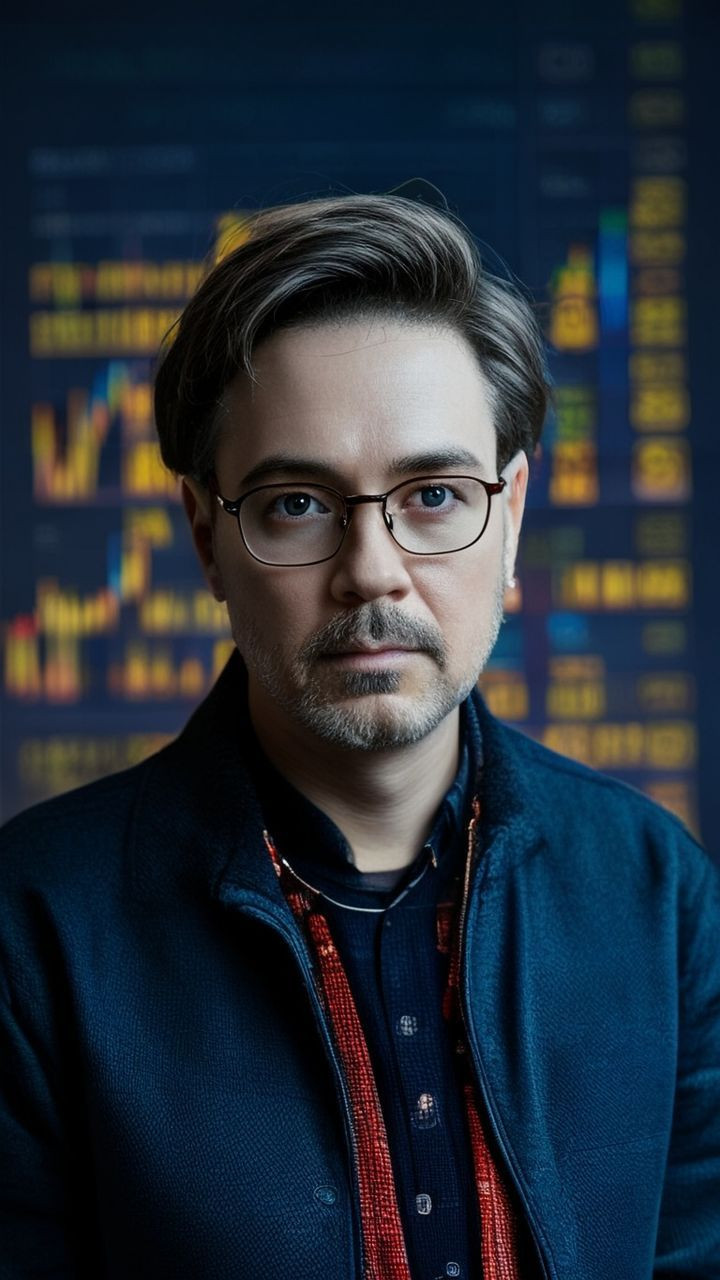
UN Watchdog Chief Visits Fukushima as Japan Returns to Nuclear Power A Step Forward or Back?
UN Watchdog Chief Visits Fukushima as Japan Returns to Nuclear Power A Step Forward or Back?

UN Watchdog Chief Visits Fukushima as Japan Returns to Nuclear Power A Step Forward or Back?
As the United Nations (UN) nuclear watchdog chief visited Japan's stricken Fukushima plant on Wednesday, the country's decision to return to nuclear power has raised questions about its environmental and public health impact. The International Atomic Energy Agency (IAEA), under the leadership of Rafael Grossi, is monitoring Japan's efforts to decommission the Fukushima Daiichi plant following a devastating 2011 earthquake-triggered tsunami that killed 18,000 people and caused the worst nuclear disaster since Chernobyl.
The Return to Nuclear Power
Just days after Tokyo approved an energy plan that marks a shift back to nuclear power, Grossi arrived in Japan on Tuesday. The cabinet's decision aims to meet growing demand for artificial intelligence and microchip factories. This move comes as a surprise, given Japan's previous vow to reduce its reliance on nuclear power.
However, the IAEA chief emphasized the importance of ensuring that this return to nuclear energy is done safely and with the confidence of society. Grossi met with Japan's foreign minister shortly after his arrival, stating, At a moment where Japan is embarking on a gradual return to nuclear energy in its national energy mix, it is important that this is also done in complete safety and with the confidence of the society.
The Plan
Japan's Strategic Energy Plan, which includes an intention to make renewables the country's top power source by 2040, marks a significant shift. Under this plan, nuclear power will account for around 20 percent of Japan's energy supply by 2040, up from 5.6 percent in 2022.
The Decommissioning Process
As Japan embarks on its return to nuclear power, it is also working to decommission Fukushima Daiichi, a process expected to take decades. The most challenging part remains removing around 880 tonnes of radioactive debris from the reactors.
During his fifth visit to Fukushima, Grossi viewed the vast interim soil storage facilities near the plant for the first time. This comes as Japan plans to recycle roughly 75 percent of the soil – the portion with low radioactivity – for building projects such as road and railway embankments. The remaining material will be disposed of outside the Fukushima region ahead of a 2045 deadline.
The Future
Experts from the IAEA, China, and South Korea will also take new seawater and fish samples from Fukushima on Wednesday. As the world continues to grapple with the challenges posed by climate change, the debate around nuclear power will only continue to intensify.
Conclusion
Japan's decision to return to nuclear power raises important questions about its environmental and public health impact. While some may view it as a step forward, others may see it as a step back. The world waits to see how this development unfolds and what implications it will have on the global energy mix.
Keywords UN, Fukushima, nuclear power, Japan, IAEA, AI, energy mix, decommissioning, radioactive debris






